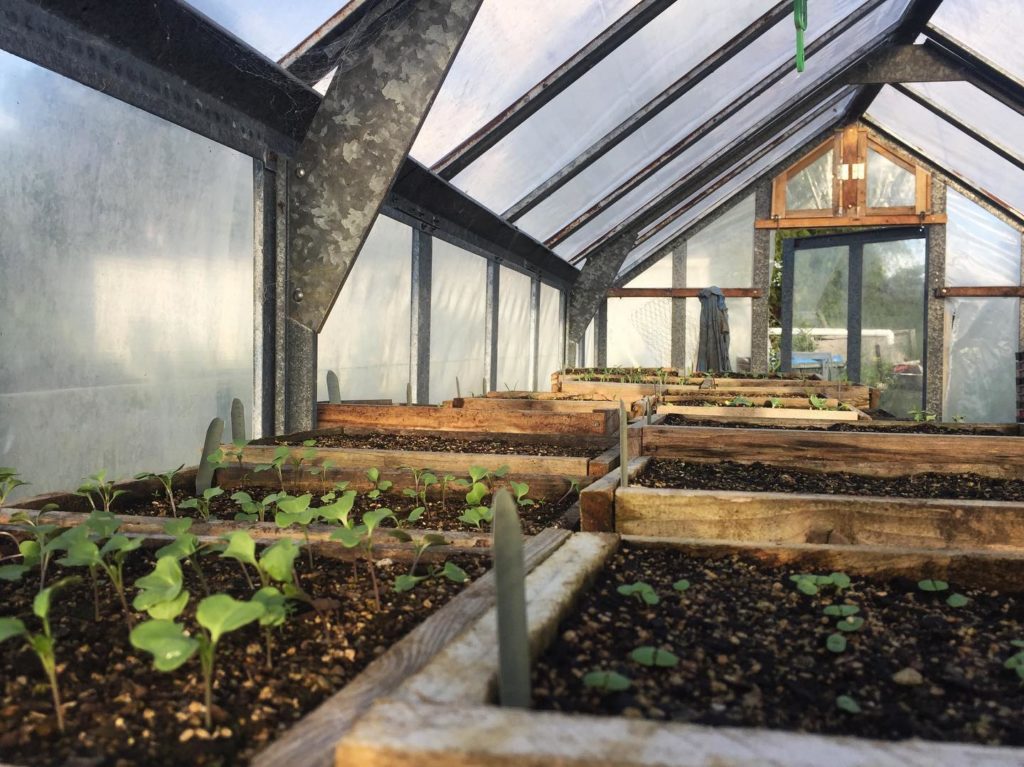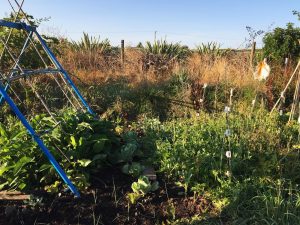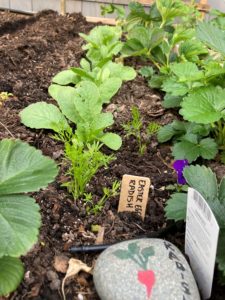
There’s nothing quite like the feeling of sowing a seed and watching it unfurl out of the soil almost as if by magic. The vast amount of information that is held within a seed has been refined through generations of symbiosis with humans and organisms from all kingdoms. For instance, legumes such as peas and beans have evolved to replenish, or “fix”, nitrogen in the soil by working in partnership with Rhizobia, a group of bacteria. The Rhizobia dwell in root nodules and convert dinitrogen from the air into ammonia, which is then turned into water-soluble nitrate that can be taken up by plants in a process called nitrification. When these plants die, the nitrogen is released into soil and becomes available for other plants that cannot fix nitrogen for themselves. Nitrogen is one of the most important yet most easily depleted soil nutrients, so growing legumes is a great way to improve your soil health and, in turn, the health of your other crops.
Moving on from my little geeky science ramble, growing from seed is not only rewarding but also cheap – all you really need is a seed (duh), soil, water, and sun. Here in the Pacific Northwest, most seeds are started from around mid-March to mid-May. The weather this year has been playing with my heart a bit – we had a frosty, late spring followed by a week of warmth and brilliant sunshine before arriving at a cloudy middle-ground. To start plants from seed, you can either direct sow them in the ground or plant them indoors in containers or starter trays. Planting indoors gives you more control over the growing conditions while minimising risk of disease, and is necessary for some warmer-weather plants. If you have a short growing season or are feeling a little impatient, starting inside then transplanting your seedlings can give you a head-start as well. Direct sowing is better for root crops and plants that don’t like to have their root systems disturbed, but can be less work as you don’t have to go through the process of hardening off and transplanting them. A few things you can sow directly in the PNW at the end of April/beginning of May: arugula, beets, broccoli, cabbage, carrots, kale, lettuce, peas, and spinach

